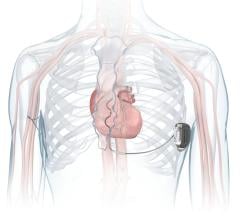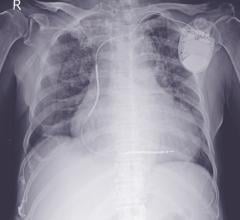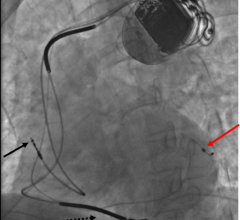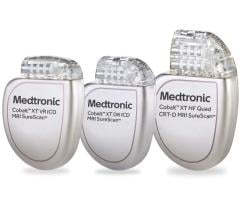
December 23, 2011 — Biotronik announced the first implantations of the new Lumax 740 implantable cardiac defibrillators (ICDs)— the world’s first ICDs eligible for use with magnetic resonance imaging (MRI). The devices — for patients with tachyarrhythmias — feature ProMRI, an MR conditional feature, combined with an extended device longevity and Biotronik Home Monitoring.
Furthermore, a new intracardiac impedance (ICI) assessment technology integrated into the Lumax HF-T device will be evaluated in clinical studies. This research feature aims to enhance therapy for heart failure (HF) patients in the future.
After receiving CE approval on Nov. 18, the first device implantations were performed at a number of hospitals in several European countries.
“Biotronik’s ProMRI innovation in the Lumax 740 series is an important breakthrough for patients needing ICDs,” said Professor Massimo Santini, director of the cardiovascular department of San Filippo Neri Hospital, Rome, and president of World Society of Arrhythmias. “Until now, patients with an ICD had been excluded from undergoing MR scans despite the fact that these scans are critical for the diagnosis and therapy of patients with serious medical conditions, such as cancer, stroke and other neurologic and orthopedic conditions.”
Worldwide, the population of patients who need an ICD is growing at a rate of about 10–15 percent annually. At the same time, the need for MR scans is also increasing at a rate of about 10 percent each year. Approximately 30 million scans were performed in 2006, and in 2010, there were already about 50 million MR scans conducted worldwide.
These two factors result in an estimated 50–75 percent probability that an ICD patient would be indicated for an MR scan over the lifetime of his or her implanted device.
The LinoxSmart ICD leads have been proven highly reliable over time and the devices themselves provide longevities of up to 11 years.
Additionally, the intracardiac impedance measure is being used to investigate changes in left ventricular volume; this could be used as a parameter for optimizing cardiac resynchronization therapy (CRT) and predicting worsening heart failure. This data is transmitted from the patient’s device to the physician continuously and automatically using Home Monitoring.
“The ability to more accurately predict progressing heart failure would represent a major step forward for implant technology and functionality,” reports Prof. Gunnar Klein, Clinic for Cardiology and Angiology, University Hospital Hannover, Germany. Klein is also coordinating clinical investigator of the Lumax 740 Master Study. “Currently there is no completely reliable way to ensure that physicians have sufficient time to intervene before patient status becomes critical and the situation results in acute hospitalization; the intracardiac impedance measurement is an innovative sensor-technology to study because it can contribute to the development of a reliable algorithm for early prediction of worsening heart failure.”
More information: www.biotronik.com

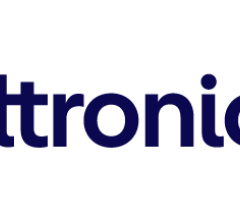
 September 05, 2024
September 05, 2024 

